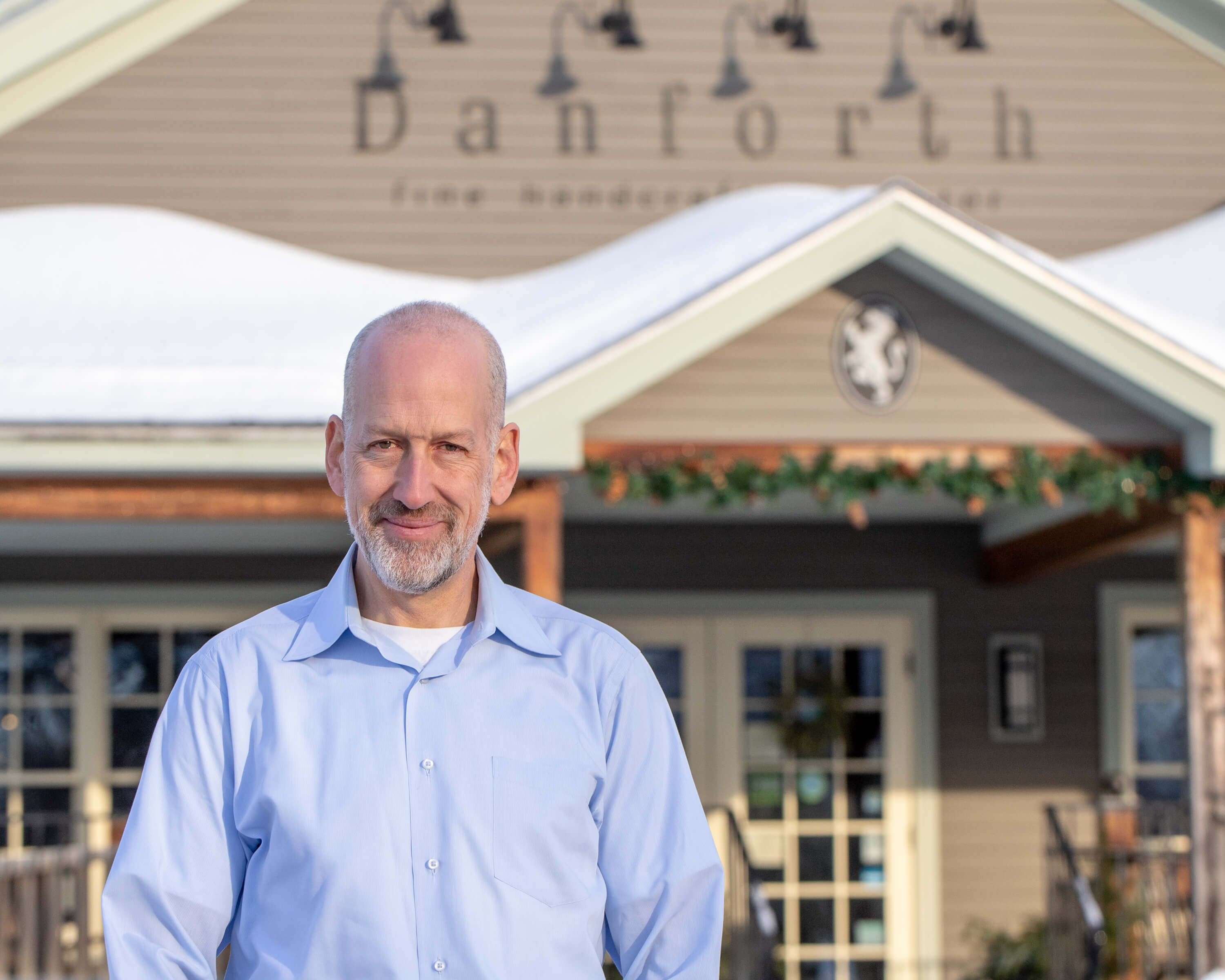This content is brought to you by the Family Enterprise Case Competition (FECC), the world’s only case competition focused exclusively on family business.
Bram Kleppner has overseen considerable changes in his tenure at Danforth Pewter, a small Vermont-based manufacturing company. Probably the most significant restructuring entailed preparing Danforth Pewter for the departure of its Founding CEOs, Fred and Judi Danforth – no small undertaking. Kleppner, however, was uniquely qualified for the challenge, having worked through a similar transition involving another renowned pair of Founding CEOs – Ben and Jerry. Unilever’s acquisition of Ben & Jerry’s was a masterclass in transforming a relatively small founder-run operation into an externally managed and owned business. Through Kleppner’s experience, he was able to hone his business acumen and develop the necessary skills for the next stage of his career with Danforth Pewter.
After helping the firm rebound from a decade of stagnation as the Vice President of Sales and Marketing, Kleppner voluntarily cut his position to help Danforth Pewter weather the recession of 2008.
When he returned as the CEO a few years later, the transition of the nearly 40-year-old family-owned and founder-run business to a non-family management and ownership model fell into his hands.
Tharawat Magazine had the opportunity to sit down with Bram Kleppner to discuss the dangers of relying exclusively on one client, the challenges of transitioning away from family management and ownership and the importance of overcoming a change-averse culture.

When you left Ben & Jerry’s, did you know right away what you wanted to do next?
I had a few ideas for start-ups, and one of those was an organic green-tea-based soft drink. In 1988, I partnered with the founder of one of the first microbreweries in the country, called Otter Creek Brewing.
We worked together as COOs, but the company never took off, and we decided it was best to go separate ways.
A few years later, he called me and said, ‘I’m on the board of directors of this family business called Danforth Pewter. We’re looking for a VP, and I think you’d be a great fit.’ As a result of this call, I joined Danforth in 2007 as Vice President of Sales and Marketing.
Did your experience working for the Founding CEOs of Ben & Jerry’s inform your work with Fred and Judi Danforth?
There are some resemblances in the two companies, but every family business story is different. Fred and Judi are both artists – they’re designers and craftspeople. As a young couple, they were uniquely placed to succeed in their industry. Judi studied metalworking in school, and Fred comes from a long line of pewter workers.
Before Judi fell in love with Fred, she fell in love with pewter. When they met, she said, ‘You know, there was a family called Danforth who worked in pewter a couple of hundred years ago.’ Fred replied, ‘That was my great, great, great, great, great grandfather.’
At the time, he was contemplating a career as a woodworker, but Judi’s passion for pewter inspired him to continue the tradition of his ancestors. With the aim of starting their own workshop and business, they completed their apprenticeships in Nova Scotia, Canada, before returning to Vermont in 1975.
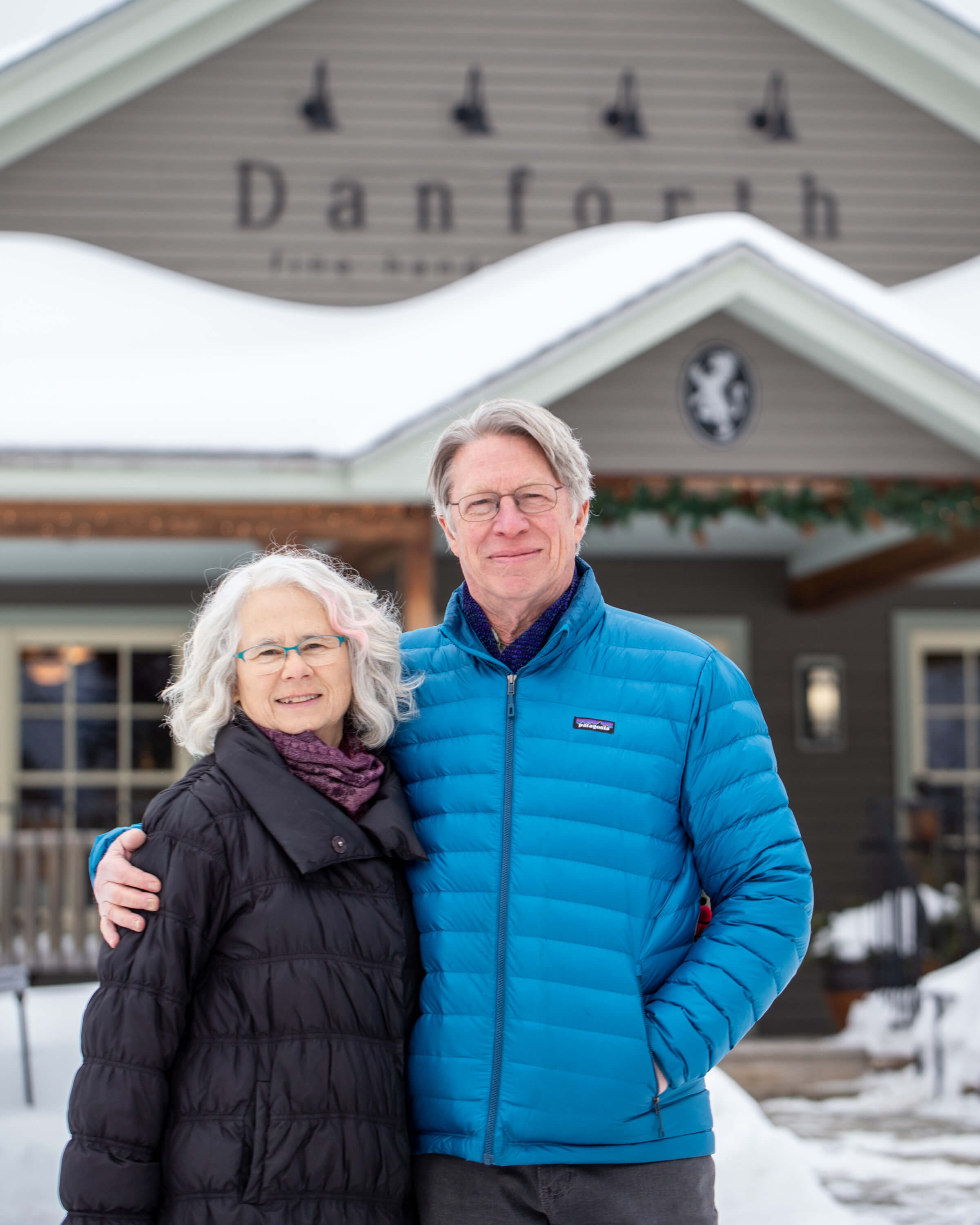
How did Danforth Pewter grow from a fledgeling passion into the business we know today?
Their business grew in the most organic way possible. They started off very small, renting an old farmhouse with a barn, which they converted into a workshop. They first started marketing their products at craft fairs on the weekends, and their items sold well.
At one of these fairs, the owner of a gift shop asked them if they sold wholesale. It was only then that they started attending trade shows in the gift industry and marketing to a wider audience.
In the late 1980s, someone from Disney saw their work and was impressed. Through this interaction, Danforth Pewter became the exclusive licensee of Winnie the Pooh.
The Disney license more than doubled the size of the business overnight. They scaled accordingly, adding a second shift and expanding the workshop. Danforth Pewter continued with this model for several years, assuming it would serve them in perpetuity.
What changed?
They made a classic mistake that many small businesses make when they land a new client of considerable size –they concentrated primarily on keeping Disney happy. In doing so, they failed to consider a future without the Disney contract. SMEs – and all businesses, for that matter – need to prepare for the worst-case scenario and diversify. All too often, the contracts that allow businesses to grow in the first place come to an end, those significant clients move on, and contractors are left stranded.
Over the next decade, they tried unsuccessfully to replicate this strategy. They got licenses for Dr Seuss characters, Curious George and Beatrix Potter. They made some money, but not enough to cover the losses they sustained over this period.
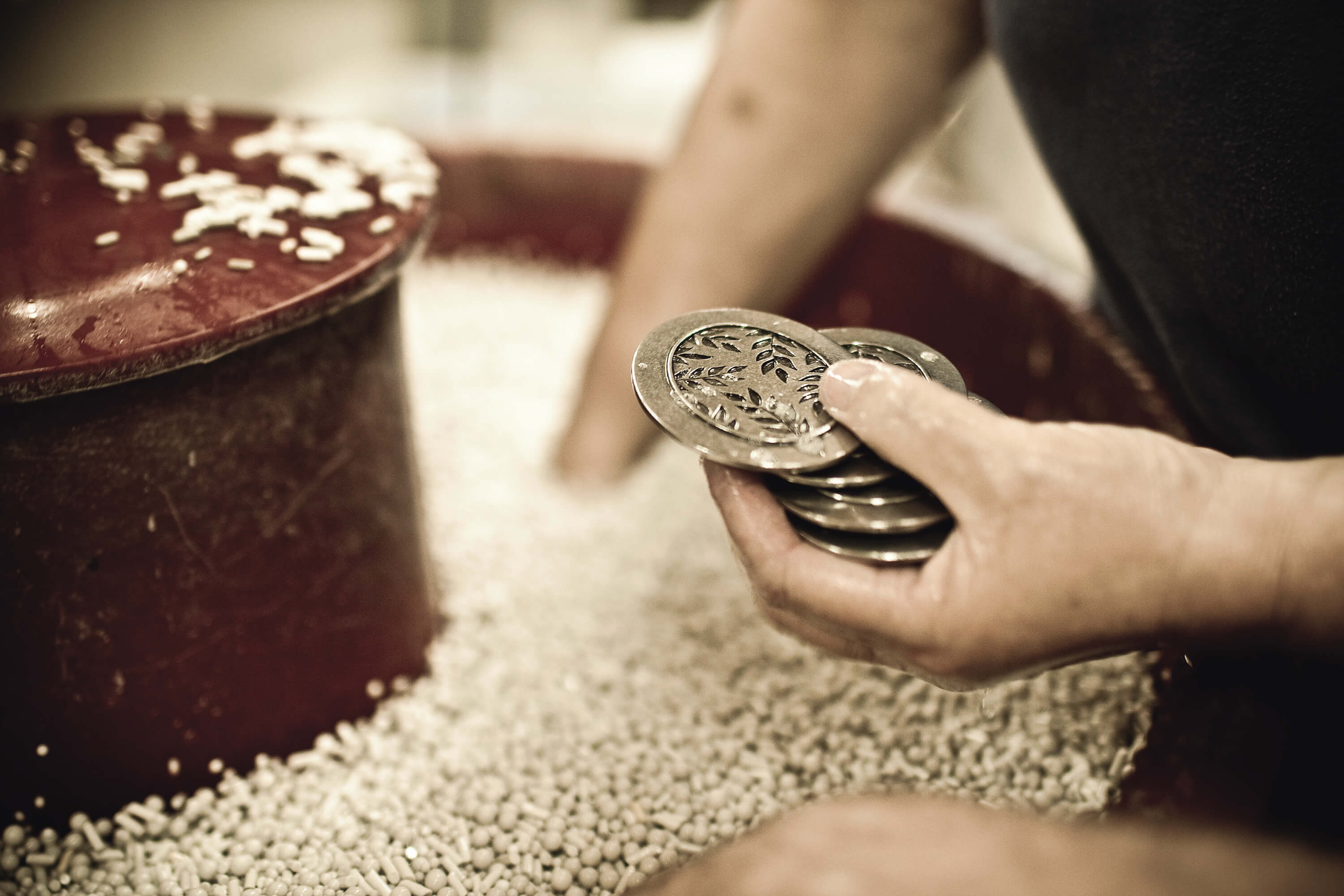
Was this downturn the impetus for transitioning to non-family management?
It was, in fact. They looked at the numbers and knew they needed help to become viable once again. They had been unable to stimulate growth on their own, so hired a CEO who then hired me in 2007.
The year I joined, we grew by approximately 25 per cent. By no means did we get back to profitability, but we managed to cut losses by a few hundred thousand dollars. We were on course to return to the black in 2008.
Then, the recession hit, and when you’re in the gift industry, the resulting slowdown in consumer spending is catastrophic. In 2010, I realised that it wasn’t practical for both the CEO and myself to continue at Danforth Pewter. So, I voluntarily eliminated my position from the company.
When the CEO took a high-ranking government position in the State of Vermont, I was asked to return.
What made you decide to return to a business situation where the potential for failure was so high?
There were a few factors that influenced my decision. I considered Danforth Pewter viable for two reasons. Firstly, our extensive catalogue of proprietary products, and secondly, our impressive margins. Additionally, our skilled labour had dedicated themselves to the company –I felt I needed to reciprocate their dedication.
Today, the ownership is continuing its transition away from the family. Was there ever a plan to hand it over to the next generation?
Fred and Judi have two daughters. Both are artists, but neither of them wished to work at Danforth Pewter or own the company. Fred and Judi decided to leave their daughters with financial security instead of the responsibility of managing a small manufacturing company.
Two transitions are happening concurrently. The founders are preparing for retirement at the same time as transitioning away from majority ownership.
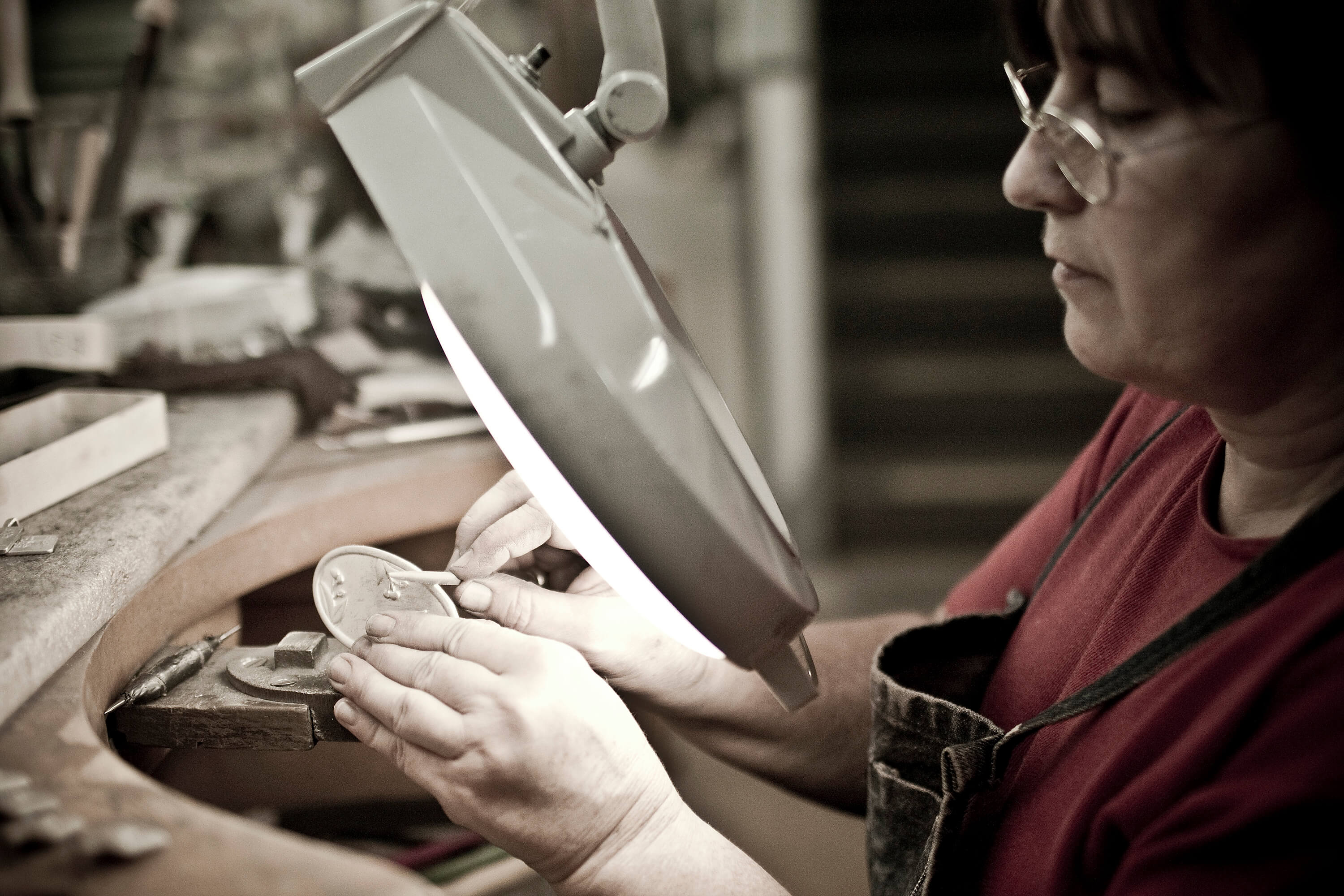
Balancing both of these transitions at once must be difficult. How do you make it work?
To give some context, the local business community has seen many high-profile, unhappy founder transitions recently. Ben and Jerry did not want to sell to Unilever but were outmanoeuvred by sophisticated business people with a vested interest in the sale.
With such a disquieting precedent, we knew we had to approach the transition with a considerable amount of care and thoughtfulness. So, we spent years planning their retirement. Our goal was to minimise the disruption their departure would cause.
There were employees at Danforth Pewter who had voiced their concerns about working for a non-family business. We knew the transition had to be managed very carefully.
They retired as gradually as possible. Four full days a week became three. Later, they would only come in to meet with me on a weekly, then biweekly and then monthly basis. Eventually, they stopped coming in entirely.
I’m pleased to report that Fred and Judi are enjoying their retirement. They’ve gone from 70 per cent to 50 per cent ownership, and we plan to reduce that figure by a little every year.
How proactive are you in changing the culture within the organisation?
I’ll start by saying that family comes first at Danforth Pewter. We cover for each other. If there is a sickness in the family, it need not be a crisis at work. Take time off; we’ll support you through it. This mindset is a tremendous asset, and I wouldn’t have it any other way.
However, I’ve been proactively trying to overcome the challenges of rigidity. Just because processes have been in place for decades, it doesn’t necessarily justify their continued existence.
The world is changing rapidly, and flexibility is crucial. The years of losing money contributed to an aversion to risk, which is not always an asset.
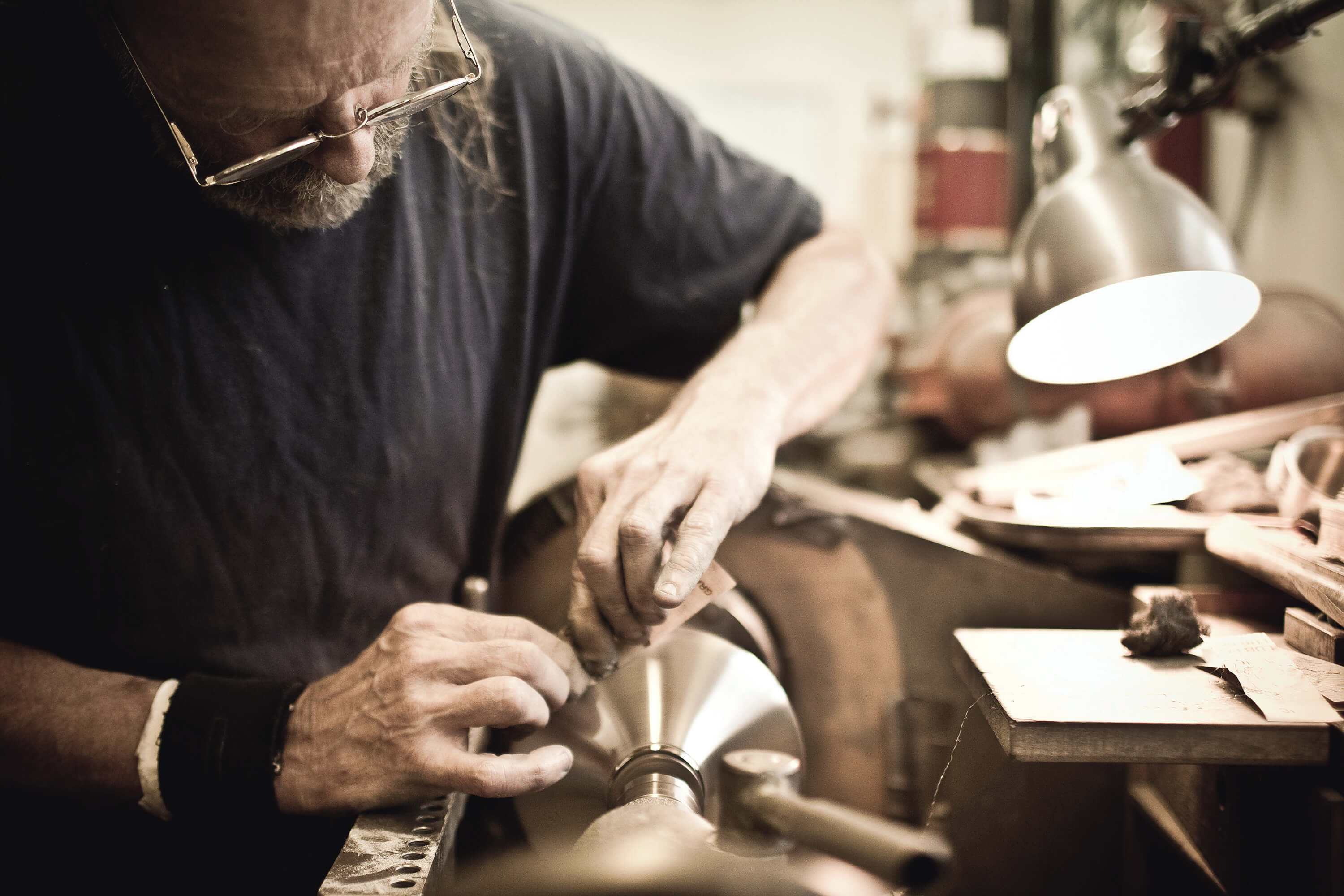
How have the sceptics responded to these changes?
According to my experience, when we make changes, it often feels as though we waited too long. When the benefits are tangible, however, positive, forward-facing, risk-taking energy proliferates. It’s a process, I would say.


